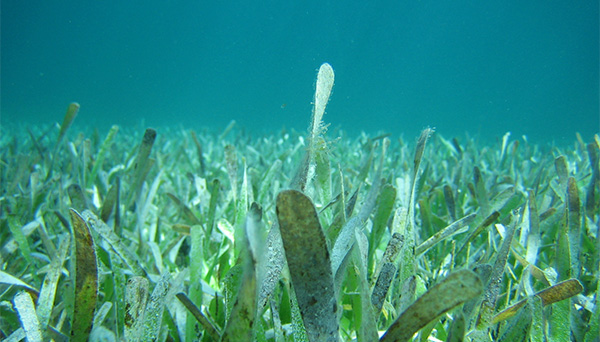Le carbone bleu de l’Amérique du Nord : Évaluation du rôle des habitats côtiers dans le bilan du carbone sur le continent
État actuel : Conclu
Plan opérationnel : 2013 - 2014
Lorsqu’ils sont protégés adéquatement, les systèmes côtiers, y compris les marais salés, les mangroves et les herbiers, offrent une séquestration et un stockage du carbone à long terme. À l’inverse, lorsque ces habitats côtiers sont détruits, ils passent de l’état de puits de carbone à celui d’émetteurs de carbone.
Ce projet fait progresser la conservation et la remise en état des habitats de carbone bleu en améliorant les données, la cartographie et les approches visant à dresser et à appliquer des bilans de carbone adéquats.

Principales réalisations
- Establishment of a North American blue carbon community of practice to increase collaboration and knowledge exchange between blue carbon experts in the three countries
- A joint dataset on blue carbon habitats, including maps, carbon accounts, and sequestration and emissions potential, as well as documented methods, data and results. Information will be displayed through the North American Environmental Atlas
- First step completed in developing an internationally recognized methodology for including blue carbon conservation projects in voluntary carbon markets
- New information and methods from several scientific studies that filled gaps in our knowledge of the carbon dynamics in blue carbon habitats, including both healthy and disturbed sites
Résultats
- First set of blue carbon maps for North America, showing 47,776 km2 of blue carbon habitat mapped to date
- One trinational blue carbon community of practice workshop, and one workshop with blue carbon, forest carbon and land cover experts
- Greenhouse Gas Offset Methodology Criteria for Tidal Wetland Conservation and recommendations
- Five coastal blue carbon research projects:
- Response of marsh and coastal forest carbon accumulation rates to sea-level rise
- Blue carbon in northern marshes: assessing processes, stocks and rates in undisturbed, drained and restored marshes
- Ecosystem carbon stocks of mangroves and salt marshes from the largest wetland in Mesoamerica: the Pantanos de Centla, Mexico
- Seagrass carbon stocks across a range of environmental conditions and seagrass bed types to determine the amount of carbon deposited
- Spatial variability in carbon storage within and across marshes of the National Estuarine Research Reserve System (NERRS), USA: a comparison of methodologies and coastal regions